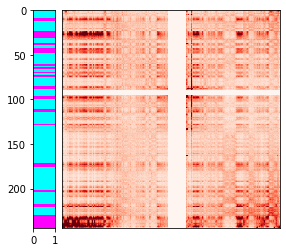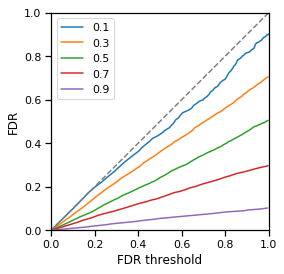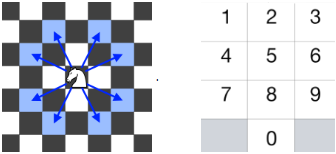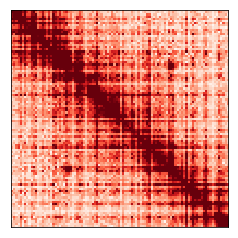Building slim Docker images for Python with multi-stage builds
It seems like these days everyone has their own bespoke recommended method for Dockerizing Python applications. These include several base images for doing data science in Python. Some people advocate for the usage of alpine-based images, others criticize alpine's lack of support for the types of workloads commonly used for data analysis in Python. Many people bring up Docker's support for multi-stage builds as a way to keep Docker images small, but in what contexts are multi-stage builds effective? Is there a simple, generic way to use them without getting into a long discussion on how to optimize Dockerfiles? This post will discuss all these issues - and more!







